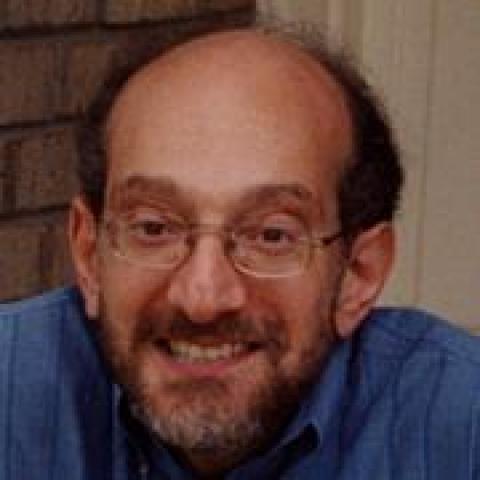
Department of Pathology and Laboratory Medicine Professor
Professor of Cell Biology, Emory University School of Medicine
Professor of Pathology, Emory University School of Medicine
Guy Benian is a professor of cell biology and pathology in the Department of Pathology and Laboratory Medicine at Emory University School of Medicine. His research focus is on myofibril assembly and maintenance in the model genetic system, Caenorhabditis elegans; focus on the functions and structures of giant multi-domain proteins, and the mechanism by which myofibrils are attached to the muscle cell membrane and transmit force.
pathgb@emory.edu
Phone
404-727-5953
Office
Biomedical Research Building 105E
University, College, and School/Department
Emory University > Department of Pathology
Additional Research
We use the powerful model genetic organism, C. elegans, to discover new conserved aspects about muscle assembly, maintenance and regulation. Although our work is basic science, it has relevance to human diseases of muscle including cardiomyopathies and muscular dystrophies. Our main projects are: (1) The structures and functions of giant polypeptides in muscle, >700,000 Da, that consist of multiple Ig and Fn domains and one or two protein kinase domains. One focus is to determine the substrates for these kinases, and how they are activated (normally autoinhibited). The problem of activation is being studied in collaboration with structural biologist Olga Mayans (Univ. of Konstanz) and biomedical engineer Hang Lu (Georgia Tech). Recently, we have discovered that UNC-89 (human "obscurin") kinase activity is required for proper mitochondrial organization and function. This has initiated a collaboration with Jennifer Kwong in Emory's Pediatrics Dept. (2) The molecular mechanism by which the muscle contractile units (sarcomeres) are attached to the muscle cell membrane and transmit force. This involves "integrin adhesion complexes" (IACs) consisting of the trans-membrane protein integrin and many other proteins. C. elegans muscle has 3 such IACs, and through a mutant screen, we discovered a conserved protein (a GEF for Rac) that directs assembly specifically at one of these sites. (3) In collaboration with biophysicist Andres Oberhauser (UTMB), we are studying the mechanisms by which the conserved myosin head chaperone, UNC-45 folds or re-folds myosin heads, and we have recently discovered a role for UNC-45 in muscle aging (sarcopenia). This project has also branched into a screen for small compounds that increase the expression of UNC-45 and reduce sarcopenia. (4) We have a long-term collaboration with Dan Kalman in Emory's Pathology Dept. to study the beneficial effects of small molecules produced by the gut microbiome that promote healthspan, especially the attenuation of sarcopenia.
IRI/Group and Role
Bioengineering and Bioscience > Faculty
Bioengineering and Bioscience